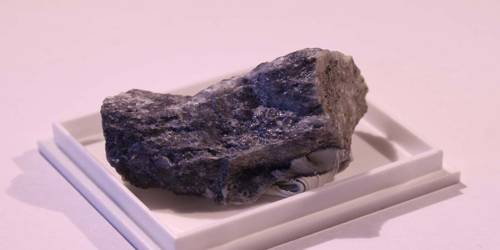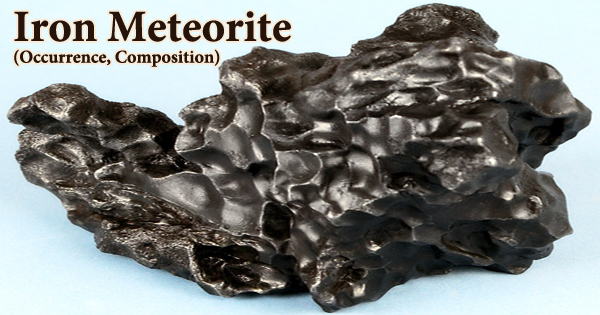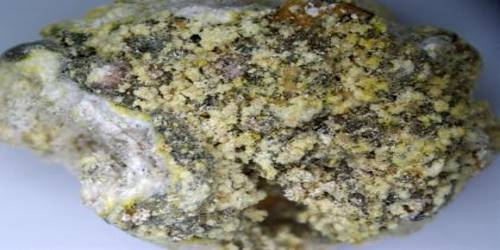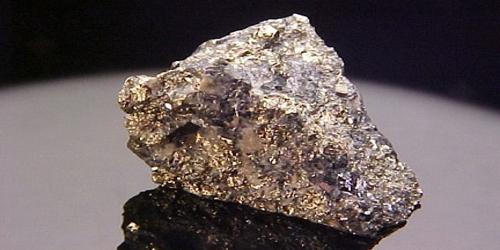Aurostibite is an isometric gold antimonide mineral which is a member of the pyrite group. It is not radioactive. Aurostibite was discovered in 1952 and can be found in hydrothermal gold-quartz veins, in sulfur-deficient environments that contain other antimony minerals.
The mineral can be found in Yellowknife in the Northwest Territories of Canada, and the Timiskaming District in Ontario, Canada. Antimonides are rare and are normally placed in the sulfide class by mineralogists.
General Information
- Category: Sulfide minerals
- Formula: AuSb2
- Crystal system: Isometric
- Crystal class: Diploidal (m3).

Properties
Aurostibite is a lead gray mineral with an indistinct cleavage, opaque appearance, metallic luster and bronze streak. The density of the mineral is 9.98 g/cm3, with a hardness value of 3.
- Formula mass: 440.47 g/mol
- Color: White to grey with bornite-like tarnish
- Cleavage: Indistinct
- Tenacity: Brittle
- Mohs scale hardness: 3
- Luster: metallic
- Diaphaneity: Opaque
- Specific gravity: 9.98
Occurrence
Aurostibite occurs in hydrothermal gold-quartz veins, in portions deficient in sulfur and containing other antimony minerals. The mineral is closely associated with tetrahedrite, galena, sphalerite, chalcopyrite, pyrite, arsenopyrite, boulangerite, bournonite, chalcostibite, jamesonite, stibnite, freibergite, and gold.
Information Source:
















